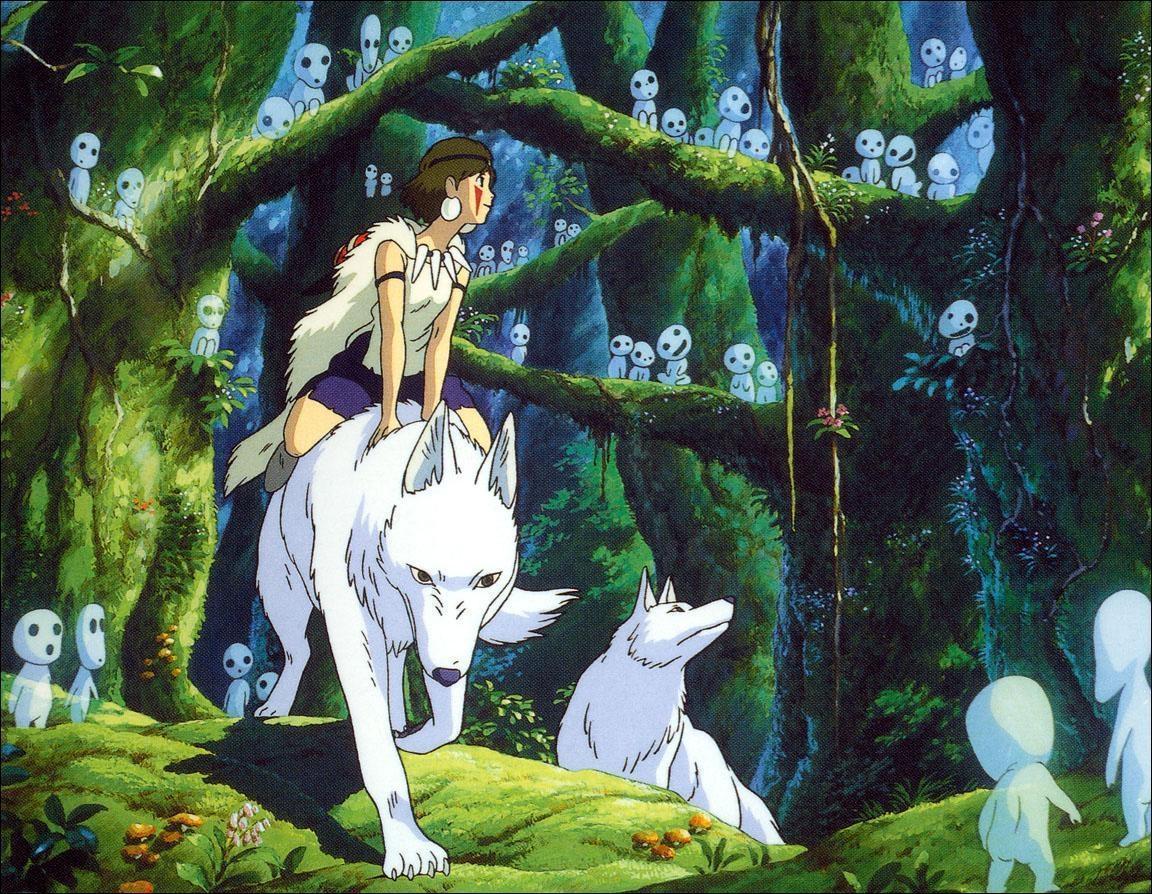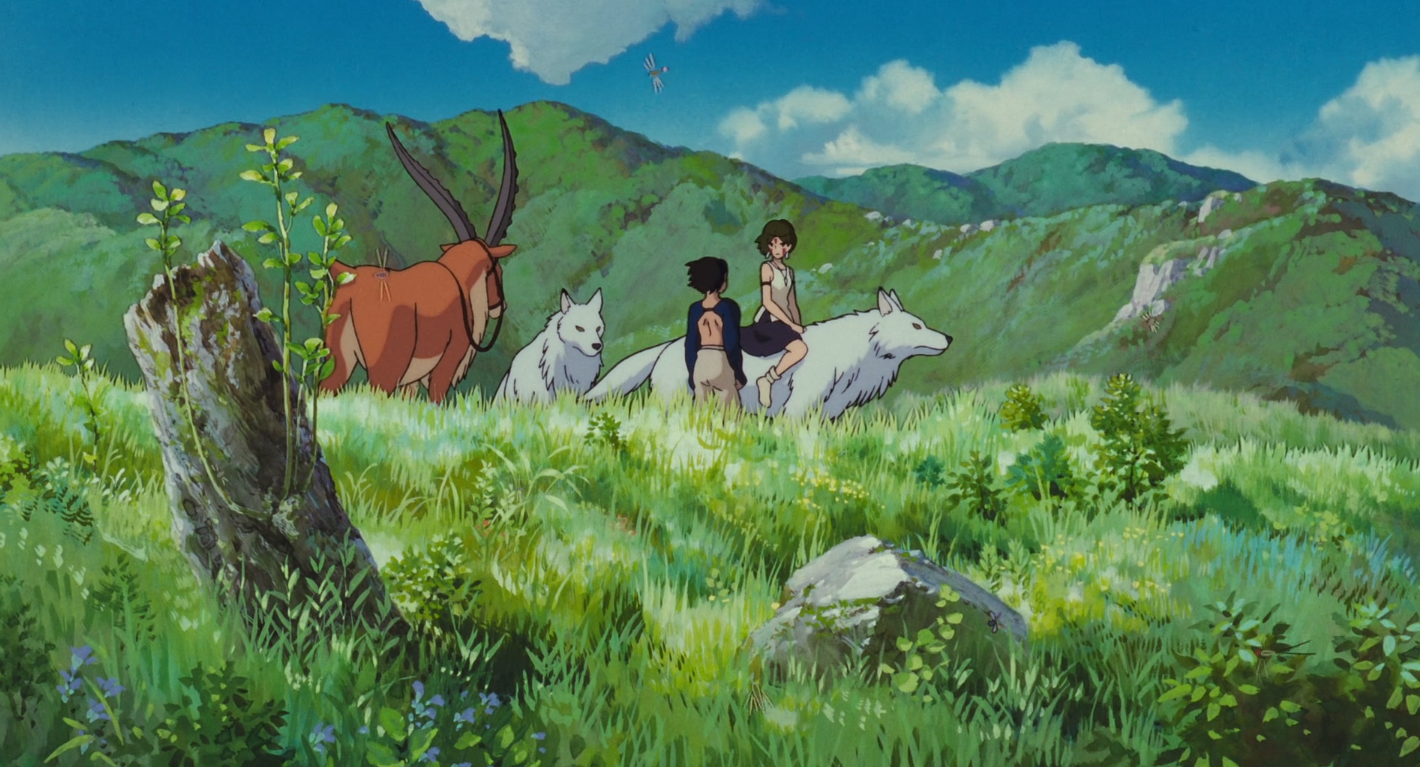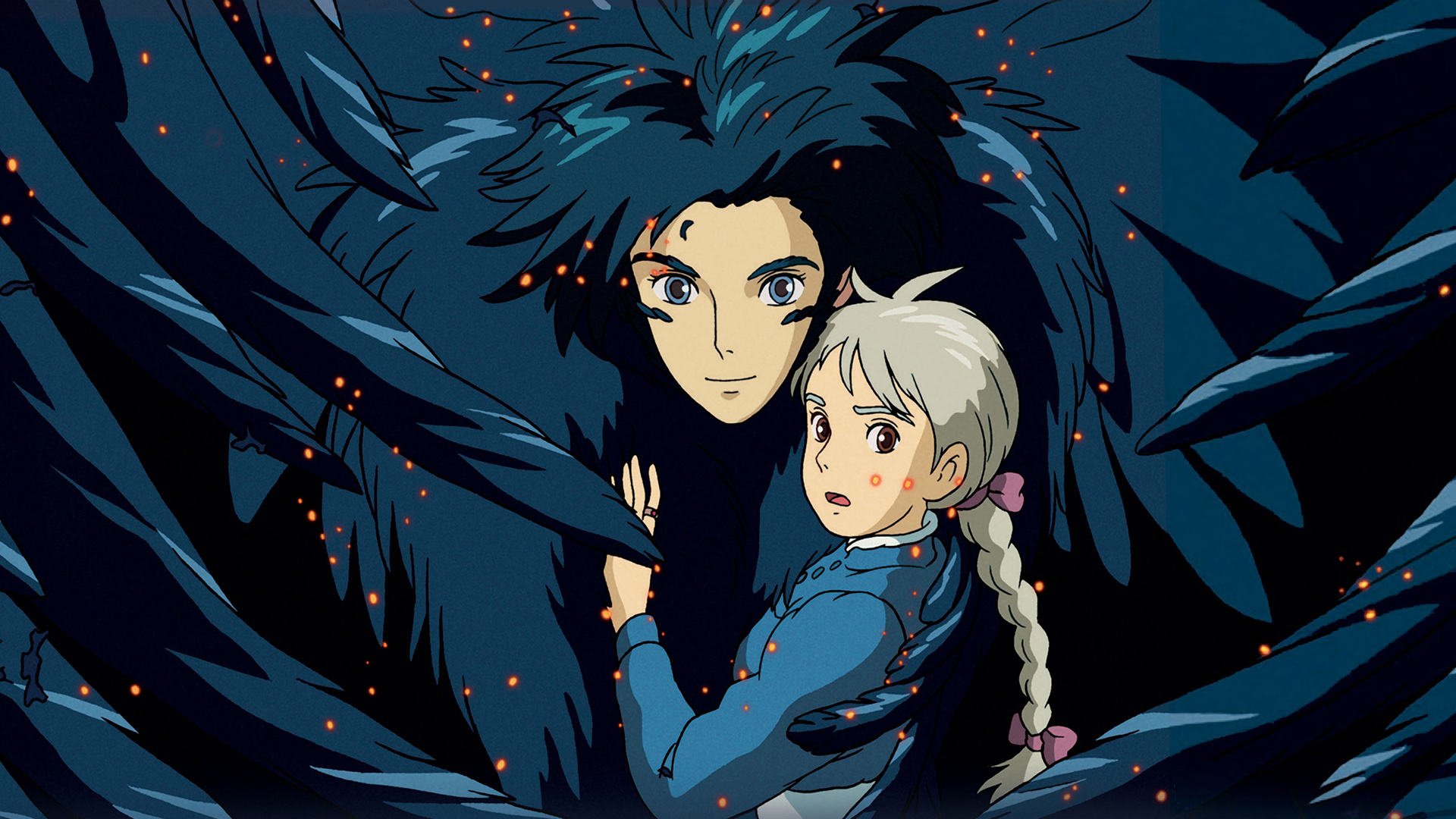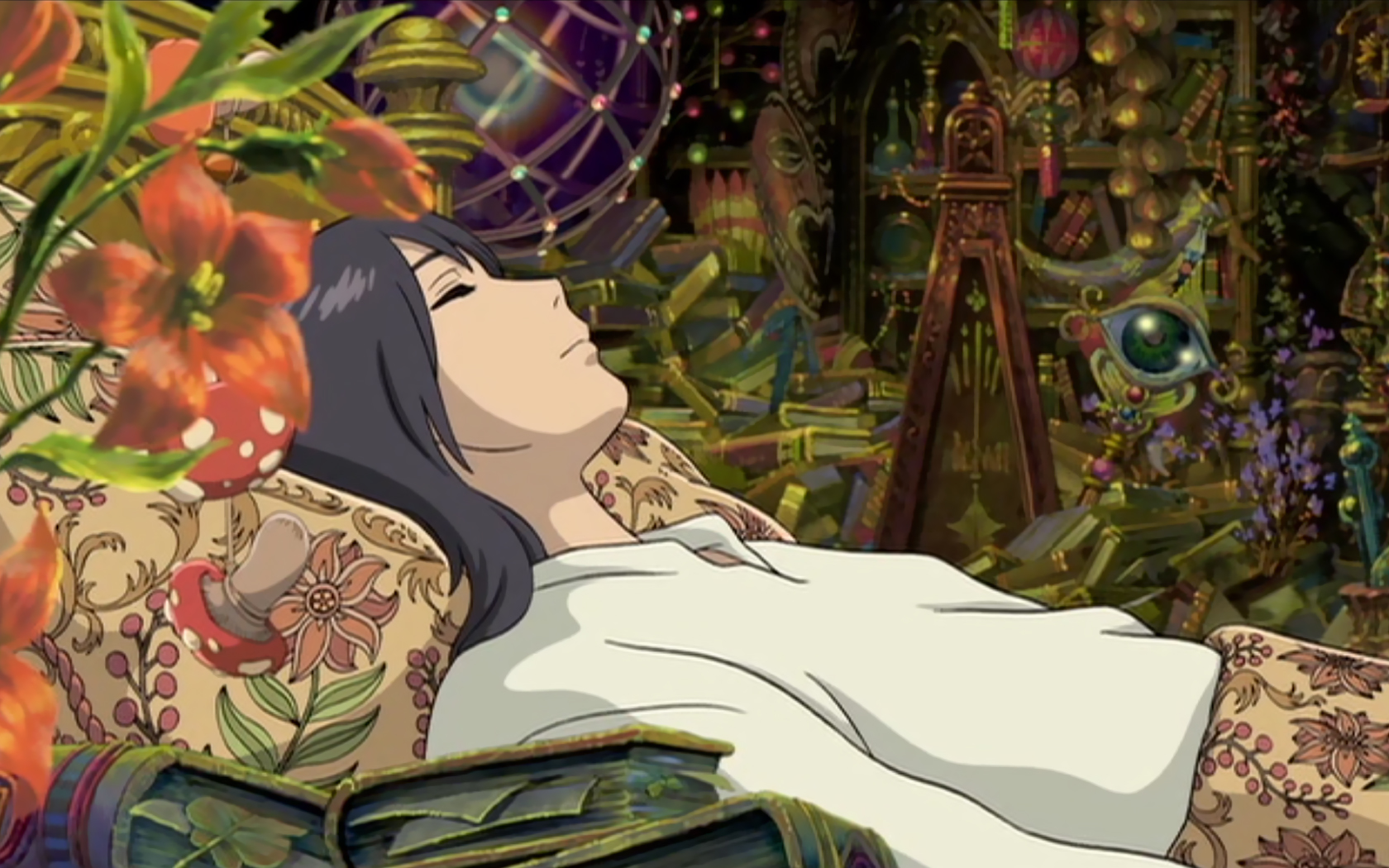Table of Contents Show
Themes of disaster echo throughout Hayao Miyazaki’s work; while these works comment on the horrific nature of the events they’re modeled to represent, Susan Napier, a Japanese studies scholar, argues that they are actually meant to be vehicles of rehearsal of future trauma in an environment that is safe for the reader — an animated film. His work focuses on a number of different disasters and how the youth reacts to them,
“Hayao Miyazaki’s works over the last three decades have consistently dealt with catastrophe on both a personal and a universal level, often focusing on young people and their reactions to a devastated world.”
(Napier) (( Susan Napier, ‘The Anime Director, the Fantasy Girl and the Very Real Tsunami,’ The Asia-Pacific Journal, Vol 10, Issue 11, No 3, March 12, 2012. ))
Keeping human comprehension of contagion, trauma, and disaster in mind, we can extract wisdom in Miyazaki’s work to guide us through the pandemic and the suffering that accompanies it.
Hayao Miyazaki’s Princess Mononoke: Curses, Cures, & Corruption
The key to extracting pandemic knowledge from Princess Mononoke (( Studio Ghibili, 1997 )) is centered around Prince Ashitaka’s journey to cure himself of a curse given to him by a boar-god who was poisoned with lethal “hate” by an iron bullet shot by humans seeking to industrialize the forest he dwelled within. This curse manifests itself in the form of a scar that slowly eats away at his body and will ultimately transform him into a demon consumed with hate. Ashitaka finds himself mediating between the spirits of the forest and the industrialists who want to use exploit the land because both groups are averse toward the other.

Seeing through the hate that clouds the ethos of all the parties involved, Ashitaka ultimately guides the other characters in the story away from hate and into thinking with reason and empathy. This isn’t meant to downplay the damage that has been done to the forest, which is substantial by the end of the film, but he ushers in a new era of harmony between humans and spirits.
Pandemic Wisdom About Avoiding Hatred
Pandemic-applicable wisdom can be derived from both the curse, hatred that has taken the form of a mortal disease, and the cure for said disease, empathy, and reason. COVID-19 is by no means a disease about hate, but, much of the human reactions we’ve seen globally find their roots in fear and hatred that has sprouted from situations like quarantine and isolation are based in fear and hatred. In America, many people have rebelled against local authority out of anger over social distancing orders.
However, like the industrialists of iron town, these actions do not hold the wellbeing of others in high regard at all. Like the spirits, many people who are elderly, immunocompromised, or simply don’t want to contract the virus, are put at risk because of those who counteract their safety with selfish goals and fear in mind. Like the townspeople, some of their fear is not unfounded but when they compromise the safety of others it becomes unfair.

Ashitaka prioritizes safeguarding the health of the forest and its spirits, but he ultimately commits to helping the people of the town rebuild sustainably. The film captures the feuding of different needs on every side and how this often creates conflicts among different suffering people; carrying the message that there will only be an opportunity for recovery when everyone is acting in empathy rather than fear.
Howl’s Moving Castle: Healing Trauma & Curses
Pandemic wisdom in Howl’s Moving Castle (( Studio Ghibili, 2006 )) can be derived from the process of healing from traumas and finding freedom from curses; the trauma caused by the pandemic will be an obstacle that a global generation of people must heal from. Oftentimes media will focus upon traumatic events but not so much the aftermath and residual suffering left behind in the wake of disasters, wars, and of course, pandemics; “Howl’s Moving Castle” addresses these traumas in the form of curses and hearts removed from the body. Sophie endures a curse that ages her to ninety years old. Like how age swallows youth, trauma has been described as robbing the sufferer of innocence and rendering them a shadow of their former self.

However, Sophie’s character arc counteracts this because she begins to appear younger when she experiences joy and hope. When her curse is broken she is young once more; however, her hair remains silver, suggesting that even though she has healed scars from her trauma will always remain with her to some extent. Howl’s character arc deals more with being freed from repressed trauma; Sophie had to obtain his lost memories in order to restore his lost heart to him.
Pandemic Wisdom For Cleansing Your Traumatic Clutter
It was emphasized that only with his heart, his empathy and truth, could Howl survive. Upon restoring Howl’s heart, Sophie says, “A heart’s a heavy burden”, meaning that even though the confrontation of past horrors and the rebirth of his compassion is difficult, it must be done in order to live freely. Howl’s trauma is also embodied in the castle itself; particularly in how cluttered and dirty it is. This can be seen in his bedroom is packed with shiny magical artifacts, as well as, the table in the kitchen which is cluttered with books and unwashed dishes.
Most importantly, the hearth in which Calcifer, the demon who holds his heart who dwells in an enormous pile of his own ash until Sophie clears it away. Through the act of cleaning Sophie releases Howl from burdens and trauma. Pandemic wisdom can be extracted here in the form of self-care and release. This could take form in working through your COVID-19 traumas with a therapist or even visiting the grave of a loved one who you’ve lost to the virus since funerals have not been able to be held in person because of the need for social distance.

This Ghibli classic is similar to Princess Mononoke in its critique of the foolish and selfish behavior of those in power; the king in the film is portrayed as an unintelligent warmonger who puts the lives of both his own citizens and outsiders at risk. This resembles the foolishness of those in power who have denied the severity of the pandemic, an act that has had a detrimental effect on a massive amount of people.
Pandemic Wisdom To Carry Along With You After Reading…
Finding solace in an ever-evolving global health crisis can often feel impossible; especially within the lonely parameters of social distance. True pandemic wisdom in the style of Hayao Miyazaki’s films is born from ethos, resourcefulness, and, eventually, willingness to confront the horrors we’ve witnessed upon finding ourselves temporally removed from the event. As a reader seeking guidance during the pandemic you can practice the respect for all living things like San and Ashitaka; carrying with you the capacity to heal like Sophie and Howl.
